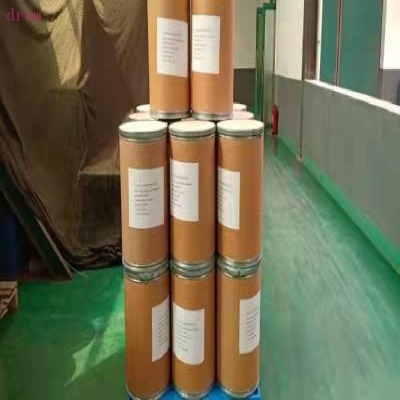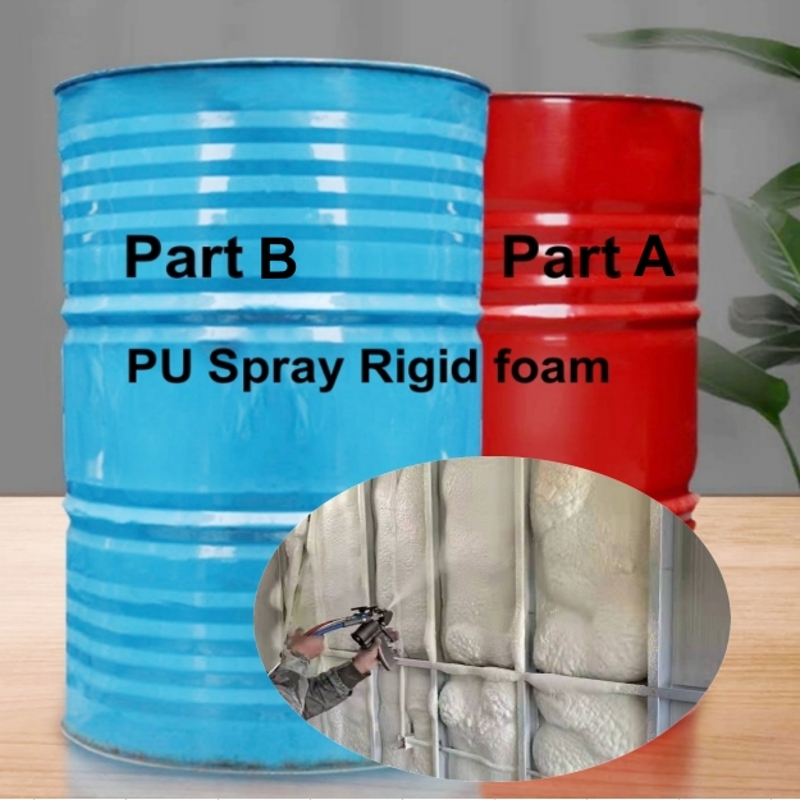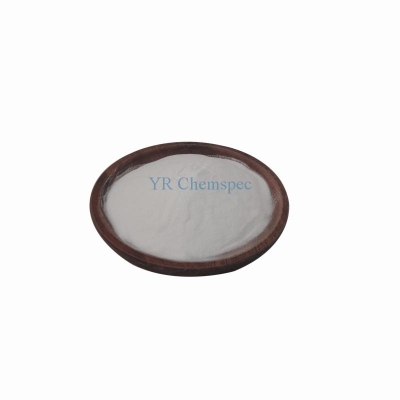-
Categories
-
Pharmaceutical Intermediates
-
Active Pharmaceutical Ingredients
-
Food Additives
- Industrial Coatings
- Agrochemicals
- Dyes and Pigments
- Surfactant
- Flavors and Fragrances
- Chemical Reagents
- Catalyst and Auxiliary
- Natural Products
- Inorganic Chemistry
-
Organic Chemistry
-
Biochemical Engineering
- Analytical Chemistry
- Cosmetic Ingredient
-
Pharmaceutical Intermediates
Promotion
ECHEMI Mall
Wholesale
Weekly Price
Exhibition
News
-
Trade Service
Traditional sample preparation techniques include a series of operation steps, such as homogenization, extraction, filtration or centrifugation, column chromatography purification, concentration, and solvent conversion
.
This not only causes the whole method to be more complicated and time-consuming, but also easy to cause systematic errors and accidental errors
1.
Sample extraction
Sample extraction is a step in which pesticides are extracted from the sample with a solvent.
The extraction process of the sample actually achieves the purpose of sample purification
.
In pesticide residue analysis, the amount of pesticide residue in the sample is extremely low, and the interfering substances in various samples are many and complicated
(1) Extraction solvent
The selection principle of the extraction solvent: the target has high solubility, the solubility of matrix interferences is small, and the solvent purity is high (small impurity interference)
.
The most commonly used extraction solvents are acetone , acetonitrile , ethyl acetate , petroleum ether , hexane , methanol , and methylene chloride and the like
There are many types of pesticide residues in agricultural products, most of which have relative molecular masses between 150 and 450 (except for pesticides with larger relative molecular masses, such as abamectin).
Most pesticides have similar physical and chemical properties and contain Cl, P, and N.
And other elements
.
The polarity of various pesticides is different, but according to the pesticide lgK ow, it can be seen that the pesticides are more polar
Various organic solvents or their different combinations can be used to extract pesticides with different physical and chemical properties from samples.
Among them, acetone, acetonitrile and ethyl acetate are the three most used solvents in pesticide multi-residue determination
.
However, they have different properties.
1.
Acetonitrile Acetonitrile has a boiling point of 80.
1°C and is a commonly used liquid chromatography mobile phase.
It is commonly used as an extraction solvent in the United States, Canada and other countries
.
Acetonitrile can dissolve and extract various polar and non-polar pesticides, and is miscible with water
2.
Acetone Acetone has a boiling point of 56.
2℃, which is the most commonly used volatile solvent
.
It can dissolve and extract polar and non-polar pesticides.
3.
Ethyl Acetate The boiling point of ethyl acetate is 77.
1°C, has a strong ether-like smell, has a clear, slightly fruity wine aroma, and is easy to diffuse
.
As the extraction solvent, in the EU countries, the UN Food and Agriculture (FAO), International Atomic Energy Agency (IAEA), etc.
4.
The distribution of other solvents, petroleum ether or n-hexane, is conducive to the analysis of non-polar residues (such as organochlorine, polychlorinated polyphenylene, some low-polar fungicides and herbicides)
.
Only the low-polarity auxiliary extracts will be transferred to petroleum ether together with the pesticides
.
Dichloromethane partitioning is ineffective for purification, but can improve recovery for polar residues that are insoluble in petroleum ether
.
Note: All chlorinated solvents, if they cause serious damage to the detector, must be removed before injection
.
The liquid-liquid partition extraction of acetonitrile extraction plus a small amount of petroleum ether is very effective in removing fat and other impurities that affect ECD
.
When the sample is extracted with a non-polar solvent such as n-hexane, the pesticide will be separated from those auxiliary extracts and will preferentially enter the more polar phase such as acetonitrile
.
The pesticide residue detection method (MOG method) established by Mills, Olney, and Gaither in 1963 is based on this
.
Using acetone or acetonitrile as the extractant, the water and other residues in the sample will be extracted together
.
Before testing, these moisture must be removed, otherwise it will seriously damage the analytical instrument
.
The extract cannot be directly evaporated to dryness.
Considering that water has a high boiling point (although water can also be used as an azeotrope and evaporate with organic solvents at low temperatures), distilling together with water will result in the loss of pesticide residues
.
Regardless of whether the crude extract was diluted with water, low-polarity petroleum ether or n-hexane, or medium-polarity methylene chloride can remove water to prevent the loss of some pesticides
.







